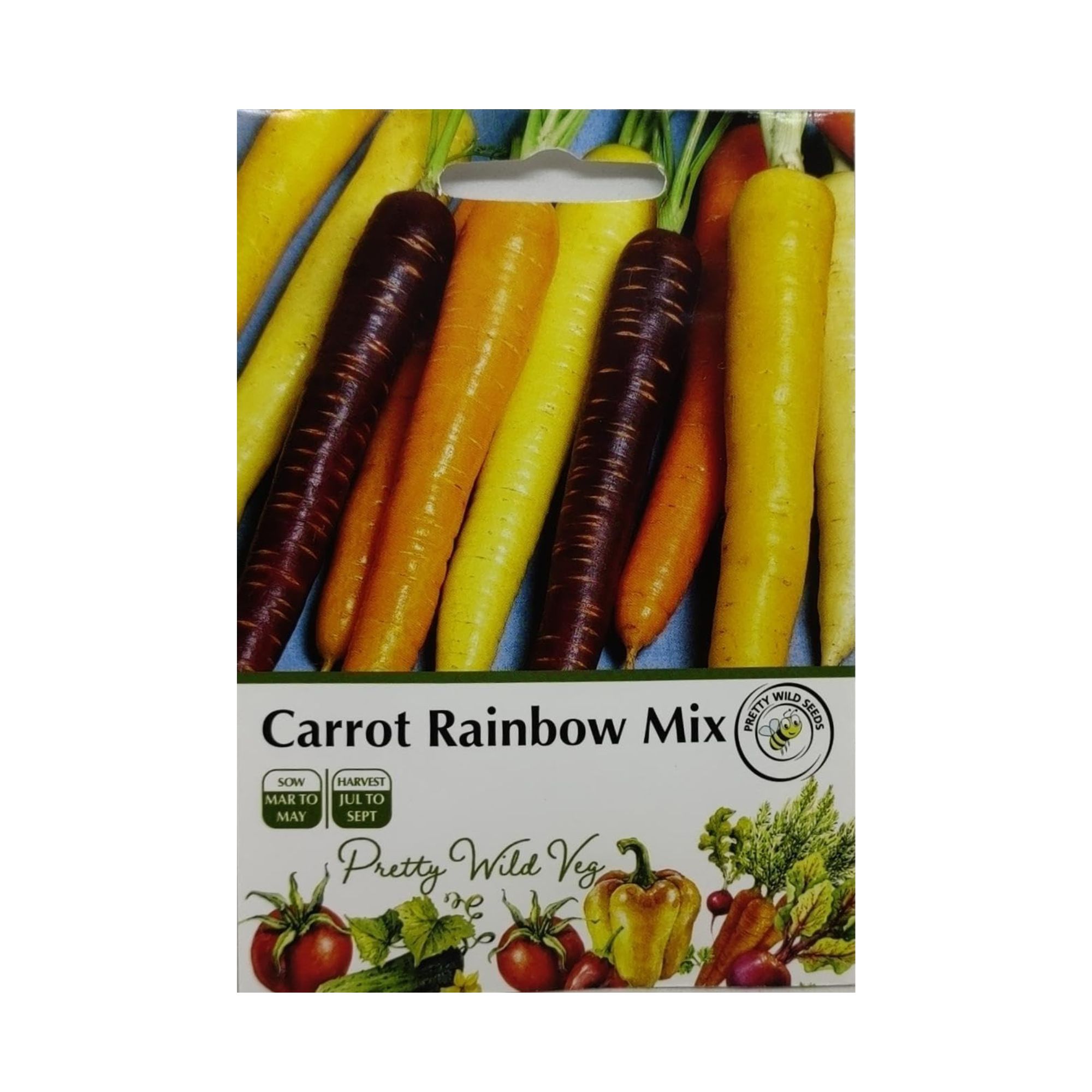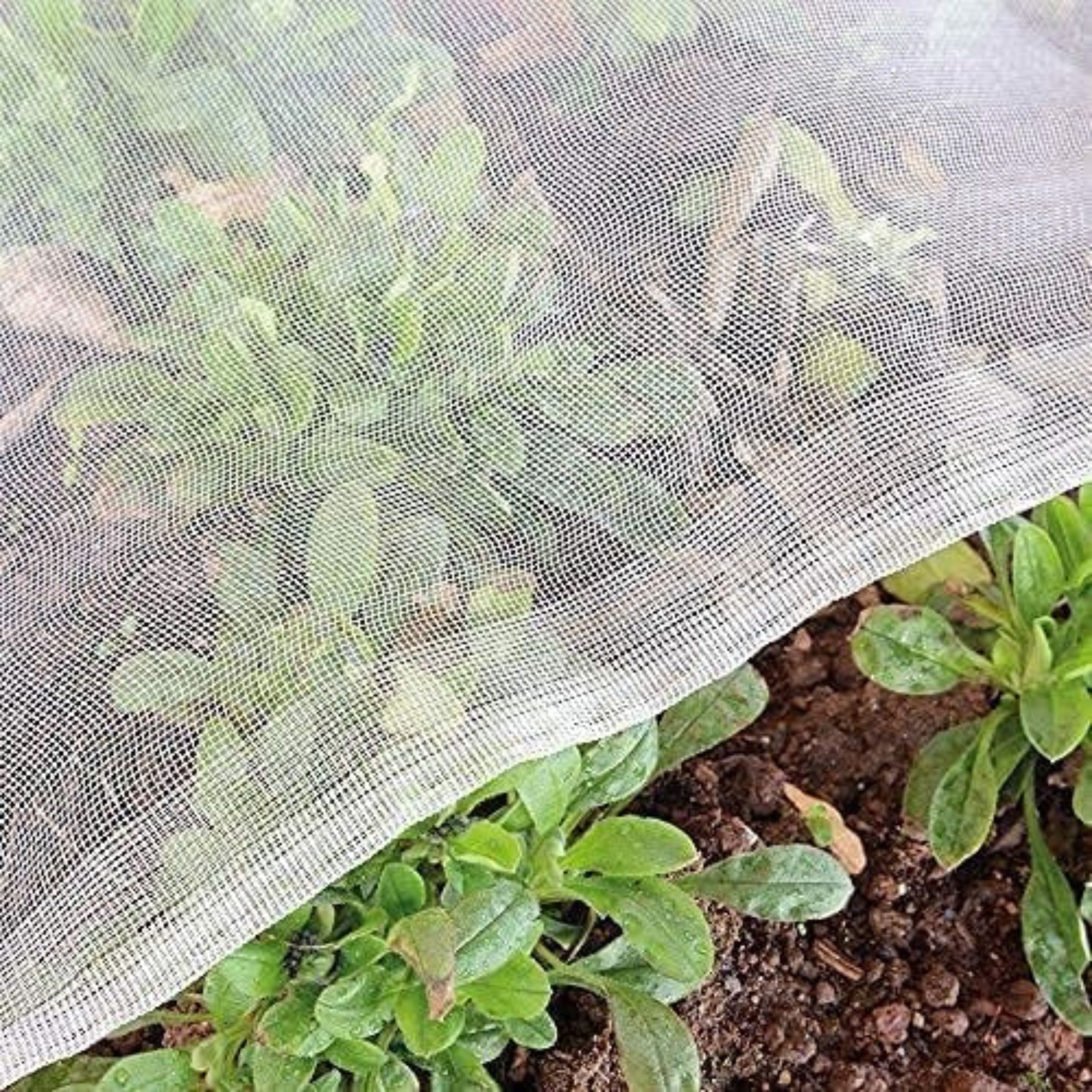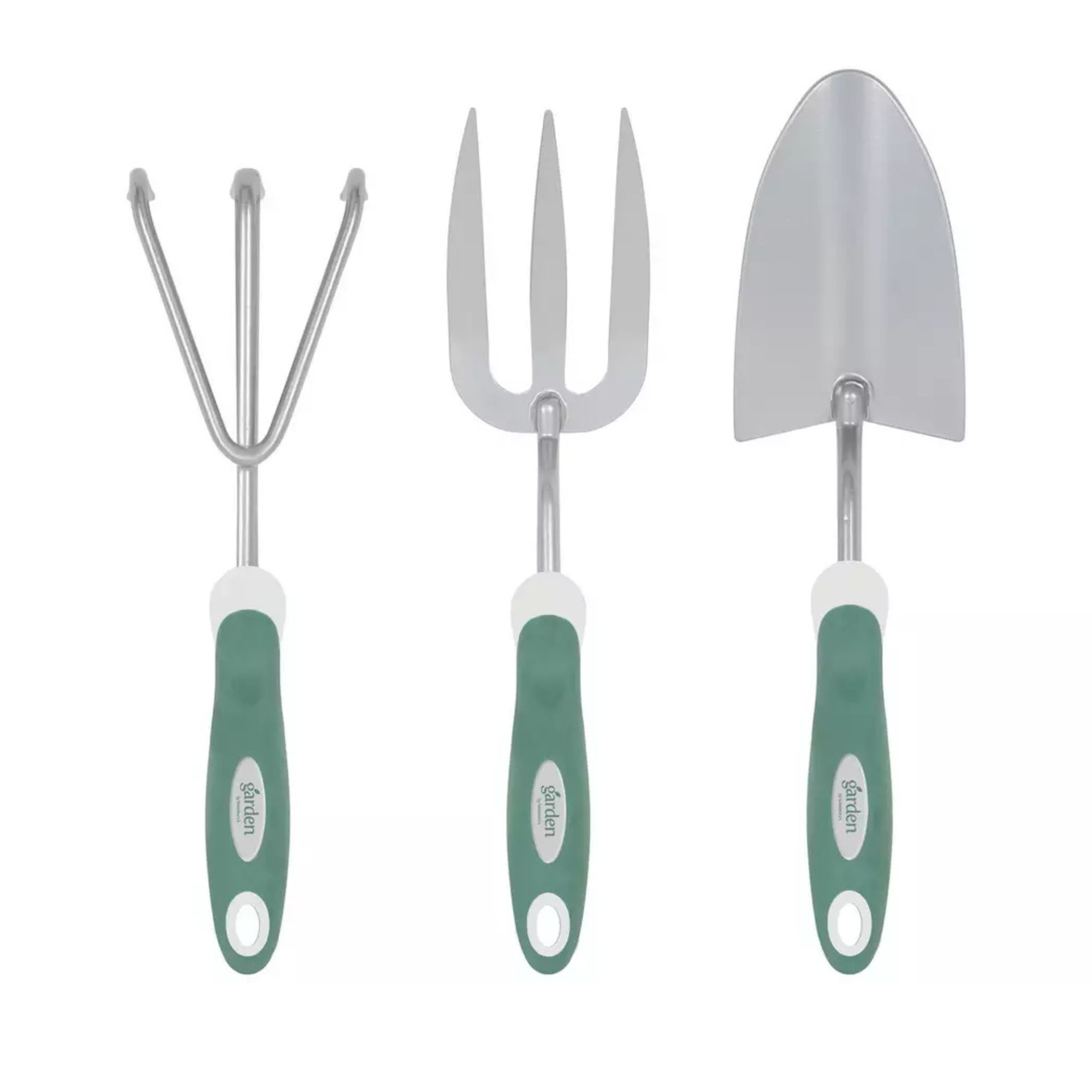How to grow carrots - ditch the supermarket and grow your own in 6 simple steps
Who needs to buy carrots when you can just grow your own?

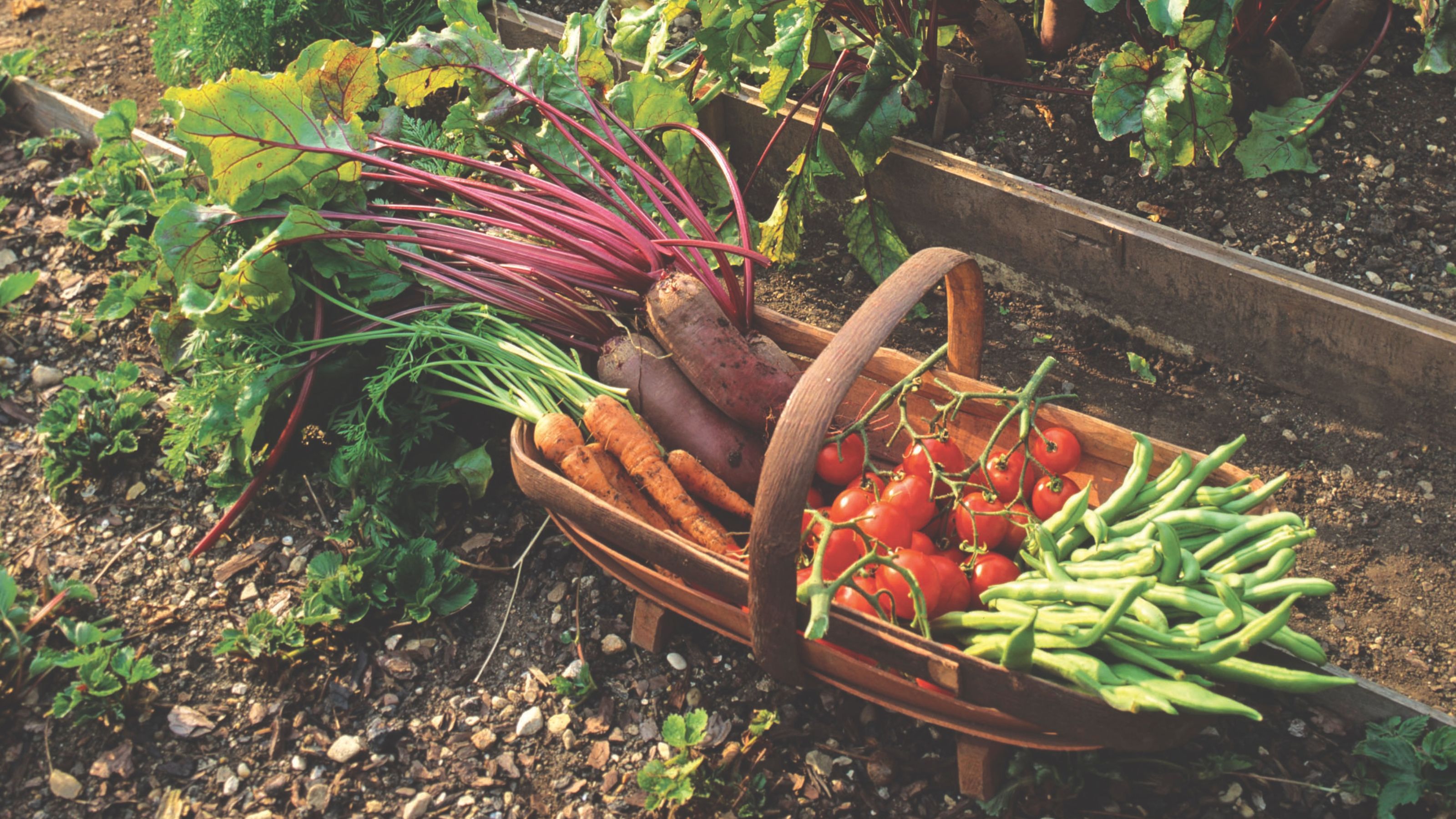
There’s nothing quite like growing your own produce. And if you aim to become more self-sufficient by growing your own fruits and vegetables this year, learning how to grow carrots should be at the top of your to-do list.
The beauty of growing carrots is that they can be grown anywhere - whether you have a small vegetable patch, an ample allotment space, or a balcony garden you want to fill with fruit and veg-filled pots and planters. You need to get this process right, though.
As Morris Hankinson, Managing Director of Hopes Grove Nurseries, explains, ‘Carrots are perhaps one of the most recognised root vegetables across the UK, and it doesn’t matter if you are a long-time gardener or new to gardening, carrots are easy to grow with a few tips and very rewarding when harvested.’ If you want to try it yourself, this is how to grow carrots.
What you'll need
Step-by-step
1. Pick your growing method
There are a few methods to choose from when it comes to growing carrots. As we already have guides on growing carrots in containers and growing carrots from carrot tops, we will focus primarily on growing carrots from seed here. However, many of the following growing tips can be utilised across the board - no matter your chosen method.
Growing from seed is generally considered the most popular option for amateur and professional gardeners anyway. This is echoed by Chauntelle Lewis from The Barefoot Planter.
She says, ‘Most of us opt for the convenience of buying carrot seeds instead. But here’s a garden rule I swear by - when it comes to root vegetables like carrots, skip the garden centre seedlings. Why? Well, those babies thrive best when they’re planted right where they’ll grow, no transplanting required.’
So, stock up on some carrot seeds instead.
Sign up to our newsletter for style inspiration, real homes, project and garden advice and shopping know-how
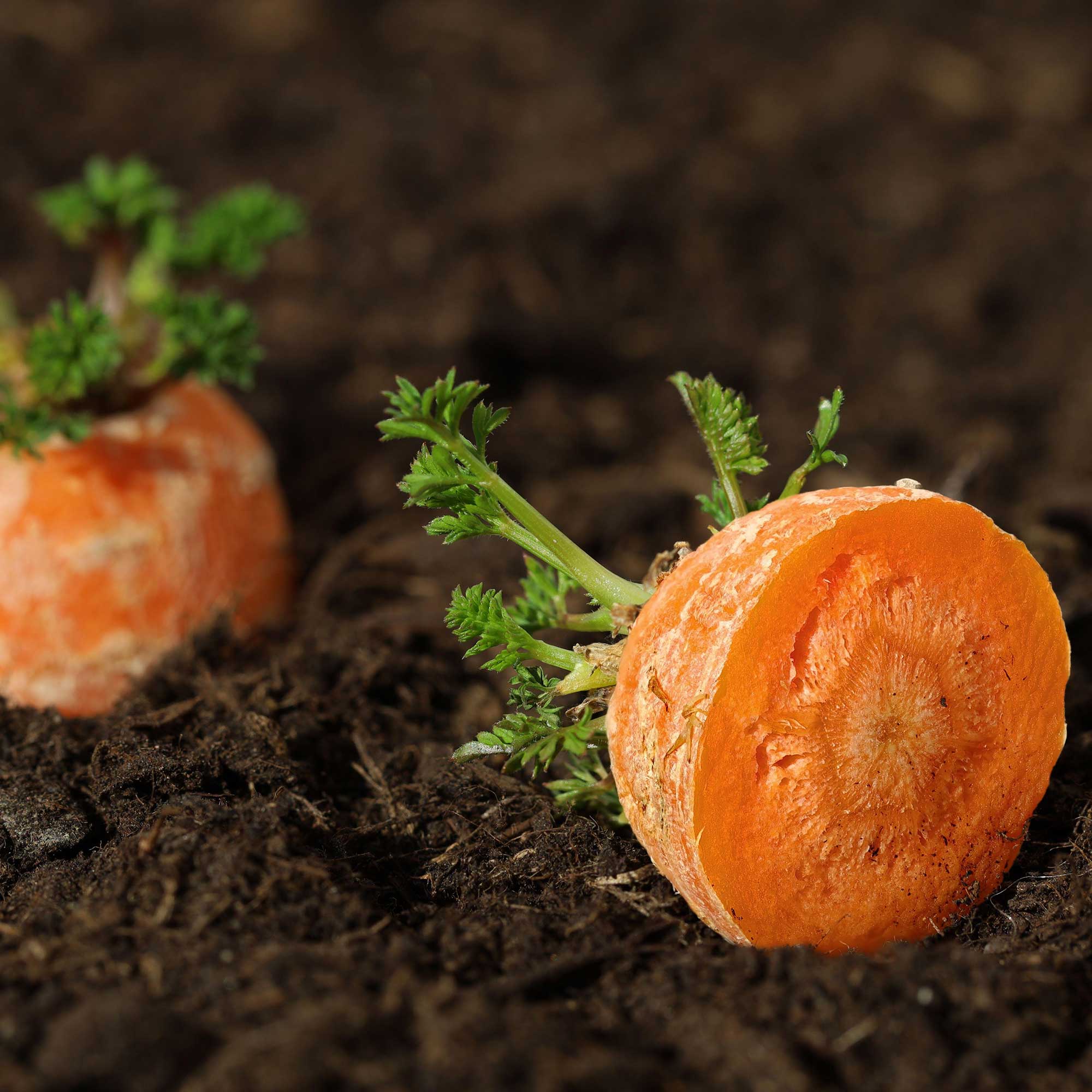

The Barefoot Planter provides a holistic journey from seed-sowing to garden-to-fork and celebration of farm-to-table experiences. For those seeking safe spaces of belonging, our gardening workshops, cooking classes, and dining experiences offer opportunities to connect with like-minded individuals.
2. Choose the right time
Most of us will happily eat carrots every single month of the year, but the best time to plant carrots is a little more specific. But while you should try to stick to this growing season, you’ll be happy to know that this window is quite large.
Morris explains, ‘Carrots should ideally be sown directly in the ground where they are to grow, anytime between March to July. There are early season carrots which can be sown first, before later sowing some the many other different varieties. ‘Nantes’ and ‘Flyaway’ are two early carrots to sow, and after this, the options are endless, including an array of rainbow colours.’
Like everything, though, there is room to manoeuvre when growing carrots. And carrots can be found on the list of vegetables to sow in October if you miss the boat. If you do this, however, it’s best to sow undercover for best results.

Morris Hankinson is the founder and managing director of Hopes Grove Nurseries Ltd, the UK’s only specialist grower-retailer of hedging plants. He established the thriving business in 1992, shortly after graduating with a Commercial Horticulture Degree from Writtle College, Essex.
3. Plant in the ideal location
While some vegetables and plants require a more structured approach when sowing, Chauntelle says this isn’t necessary when growing carrots from seed.
She says, ‘When it’s time to sow your carrot seeds, don’t worry about perfection. Just scatter them over well-drained soil in a sunny spot in the ground or a cosy pot.’ After all, carrots grow best in a spot that receives at least six hours of sunlight per day.
It’s worth giving your soil some TLC before sowing, though. Morris suggests taking a few minutes to get rid of weeds naturally and keeping your eyes peeled for any clumps of soil that need to be broken up.
‘Carrots will grow in many soil conditions but may be all kinds of shapes and sizes if the soil isn’t loose and sandy,’ he says. ‘The same applies if growing in pots and containers.’
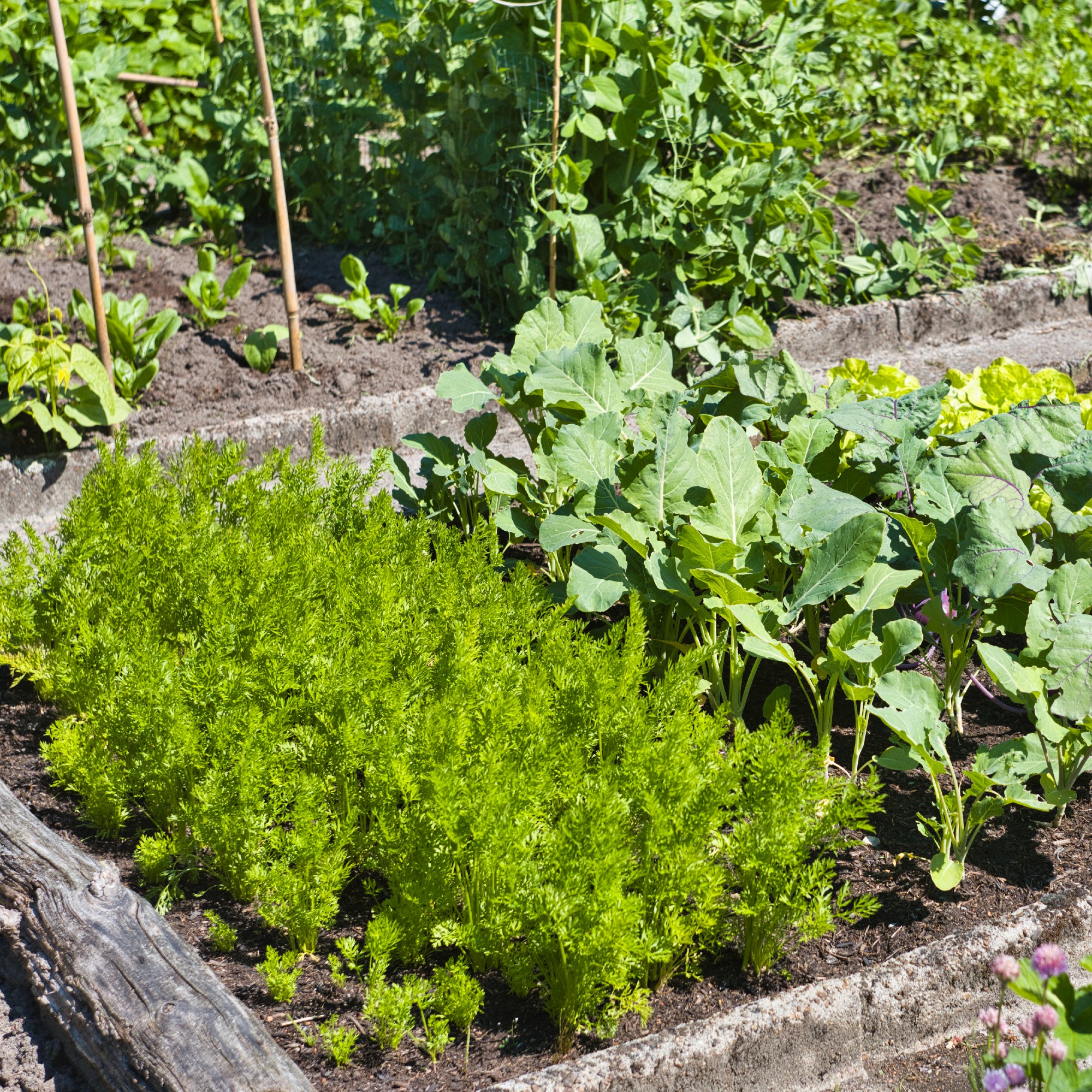
4. Thin them out as they grow
Many vegetables require thinning as they grow, and carrots are no different. Morris says, ‘Carrots will germinate in about 14 days onwards, and can be thinned out as they grow. Thinnings can be eaten or composted, so nothing will go to waste.’
Generally, you should aim to thin out your carrots when they’re around 10cm tall and pull up the smallest tops to ensure the bigger, stronger carrots have the best chance of success.
Before thinning, it’s also good idea to water the soil. This will stop the roots from breaking and releasing a scent that will attract carrot root flies.
5. Protect from carrot root fly
Unfortunately, carrot root fly is one of those garden pests that you can’t ignore. These insects can decimate your crop - and most of the time, you won’t realise until you pull them up and spot the tunnels and scars on the skin.
So, if you want to know how to grow carrots, you also need to know how to protect them from carrot root flies. And prevention is always better than the cure.
‘They don’t fly very high, so this shouldn’t be a problem if grown in raised beds or containers; otherwise, using some root fly mesh will help to protect them,’ Morris says. ‘Keep the soil weed-free and water, especially in dry spells.’
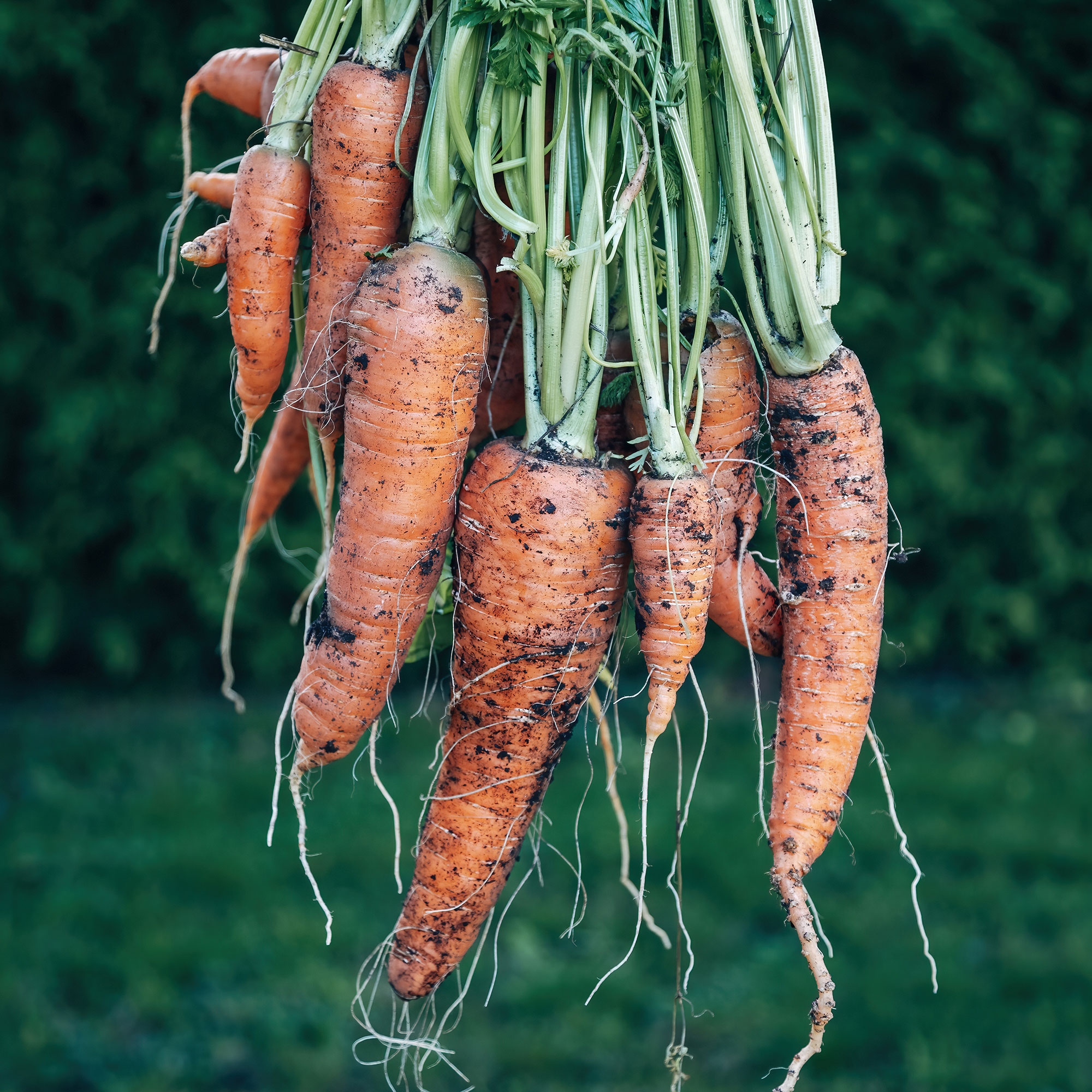
6. Harvest them
The most exciting part of growing any produce is harvesting them, but you need to know when to harvest carrots to get the best out of them.
Morris says, ‘Carrots aren’t the fastest to grow, but they are well worth the wait of between ten to sixteen weeks depending on the variety. When they are ready to harvest, they can be gently pulled from the soil or use a fork to gently loosen the soil around the roots if needed.’
Then, you can get to the fun part… eating them!
FAQs
Should you water carrots every day?
No, you shouldn’t need to water carrots every day. Although it’s a good idea to water seedlings every few days during the initial growing stage, carrots don’t require too much water after that. In fact, they’re incredibly drought-resistant.
However, it’s a good idea to get into a structured watering schedule if the weather is particularly dry. Once a week should do the trick - but you may not need to water them at all if it rains.
So, just keep an eye on them and check the moisture level in the soil to see whether your carrots need watering or not.
Do slugs eat carrot seedlings?
Yes, both slugs and snails will attempt to eat carrot seedlings, so it’s always a good idea to protect them if you can. One of the best ways to do this is to plant carrots alongside companion plants that will give the slugs and snails something else to chomp on.
You can also try covering the area around your seedlings with mulch. Covering your carrot seedlings with mesh will also help protect them from carrot root flies, slugs, and snails.

Lauren Bradbury has been the Content Editor for the House Manual section since January 2025 but worked with the team as a freelancer for a year and a half before that. She graduated with a Bachelor’s degree in English and Creative Writing from the University of Chichester in 2016. Then, she dipped her toe into the world of content writing, primarily focusing on home content. After years of agency work, she decided to take the plunge and become a full-time freelancer for online publications, including Real Homes and Ideal Home, before taking on this permanent role. Now, she spends her days searching for the best decluttering and cleaning hacks and creating handy how-to guides for homeowners and renters alike, as well as testing vacuums as part of her role as the Ideal Home Certified Expert in Training on Vacuums, having spent over 110 hours testing different vacuum models to date!
